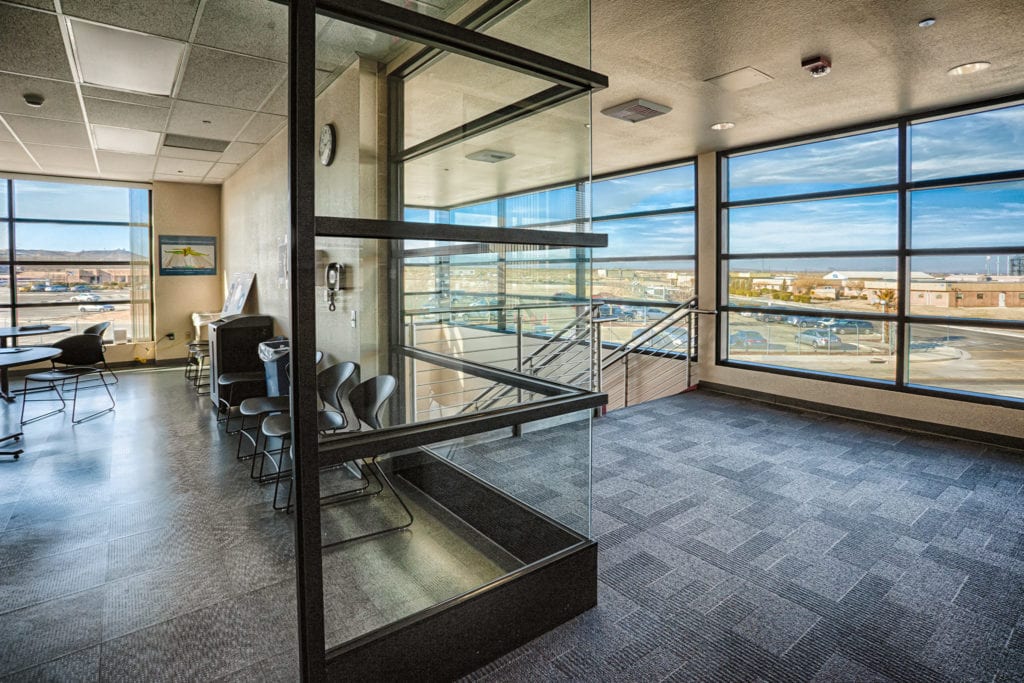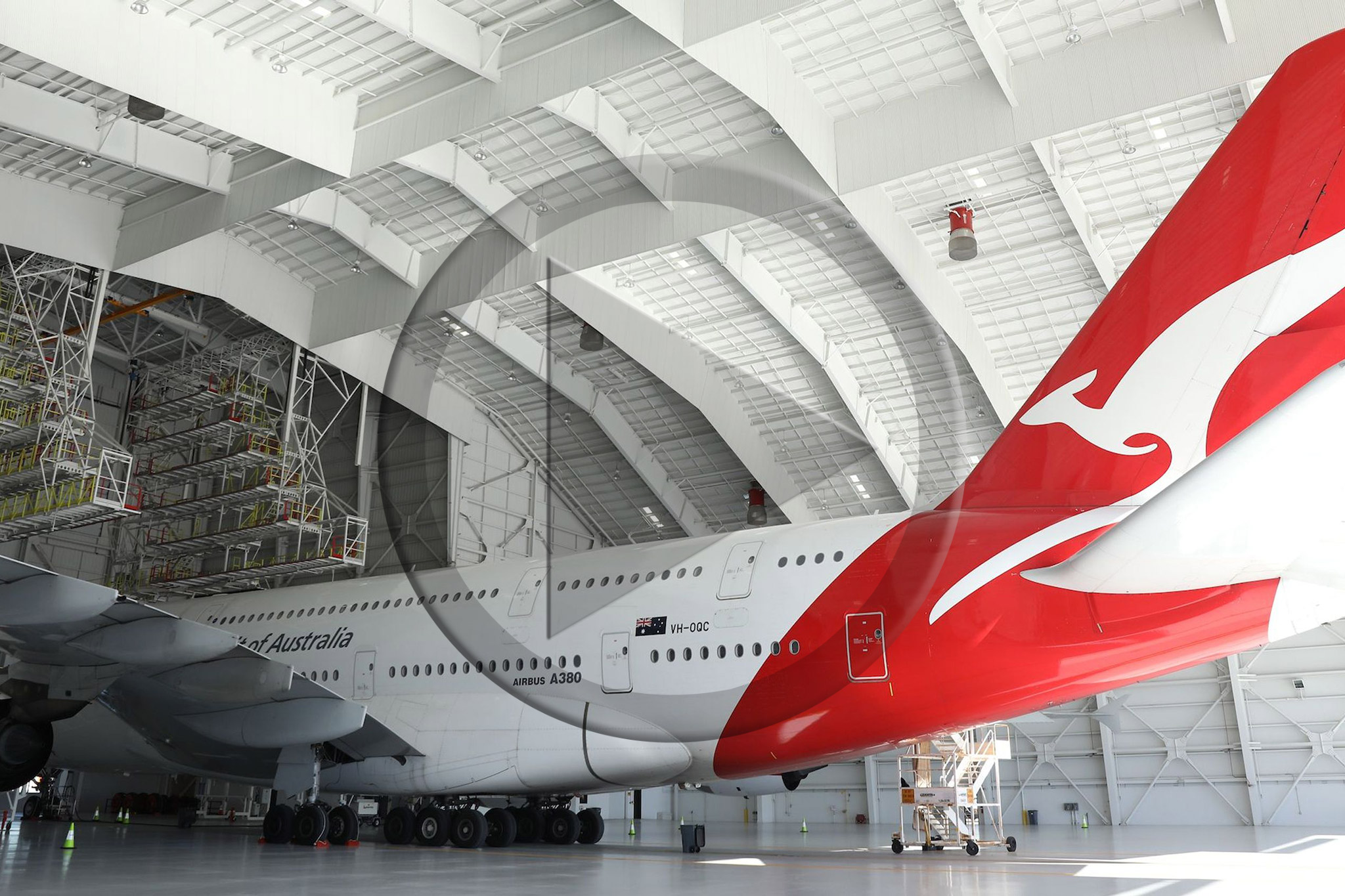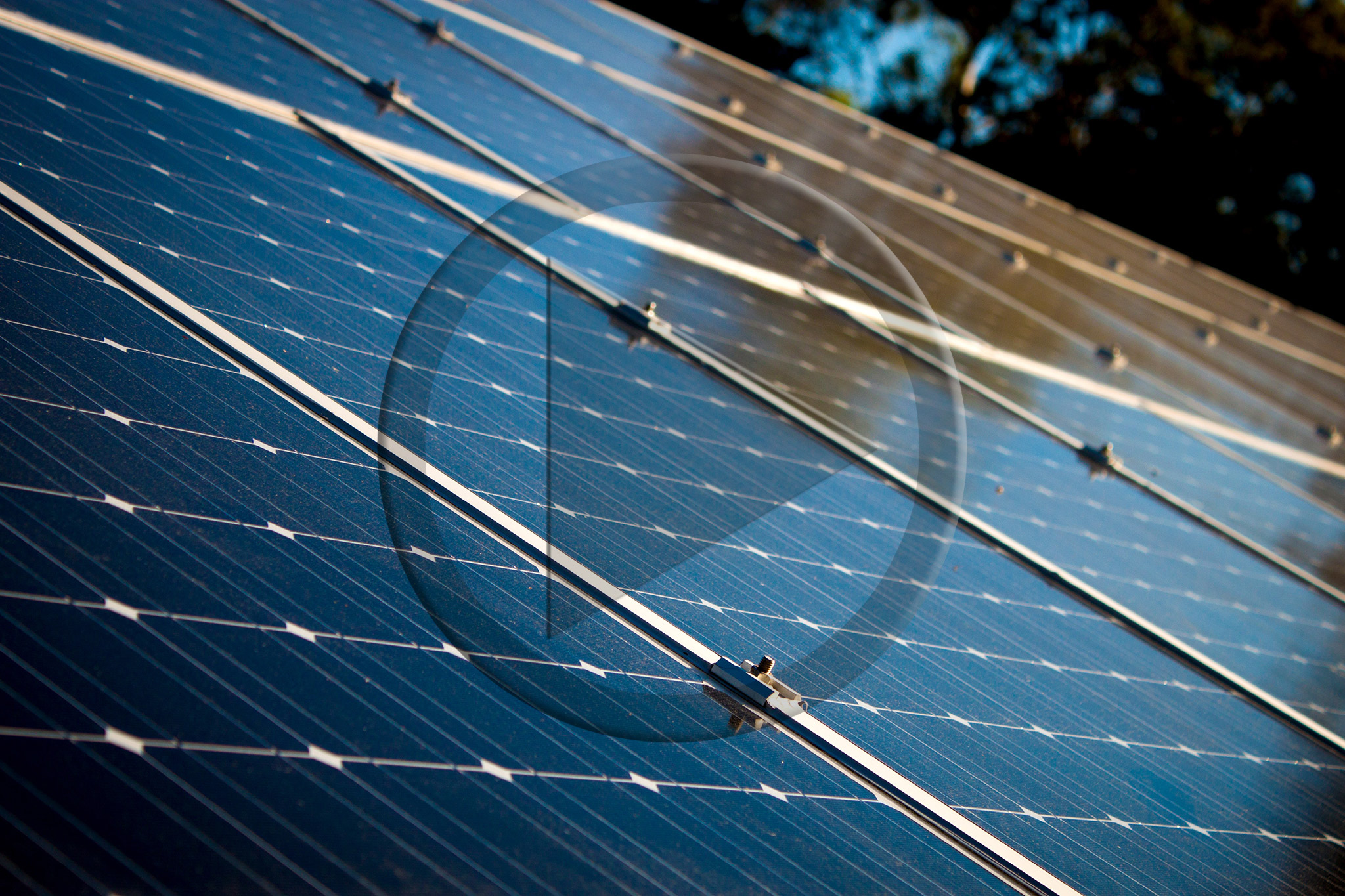Energy Conservation and Building Design
Energy conservation and the orientation of the solar power system for a building on the site is critical. It relates to sun exposure. As everybody knows, the sun rotates east to west as it relates to the earth.
This means that you’re going to get the main exposure from east to west and south of the building. It is important to consider where your exposure will be. This applies whether considering temperature or daylight. Functions of the building are also a factor. You want your main activities to occur in the southern part of the building. Especially when considering energy conservation.
Sun Exposure and Building Orientation
Sun exposure is especially important to consider in northern climates where it’s cold. You can use it to maximize heat and to help people be more comfortable. Also, you can take advantage of natural daylight there. So if daylight is critical to your activities, then you want southern exposure. If you want diffused light, your activities should be exposed to the north. Of course, it will be cooler there too.
In southern climates, it’s much warmer. This means more energy conservation potential for the solar power system. Here, most people prefer to have their main activities occur in the northern part of the building. This is to avoid direct exposure to the heat. There are some situations, like with homes, that prefer to avoid direct sunlight. For example, sunlight might be uncomfortable during the morning hours or the evening hours. They might prefer a diffused light. This is a light that is more subtle and that doesn’t wake you up the way direct sunlight does.
So those are some of the things to consider in designing a building as it relates to sun exposure. The location of the site and your region around the world should be factored in.
Energy Conservation with Evaporative Cooling Systems
We use a direct/indirect cooling system in the form of an evaporative cooling system for the facility support center we designed for NASA. This system was effective for that area in the realm of energy savings. The system is affordable in dry areas around the world. Of course, Edwards Air Force Base is in a dry desert area. This was an ideal mechanical, electrical, plumbing system. And it was effective in the design of this building, not to mention potential energy conservation.
If we were to use the same system in a coastal region, it wouldn’t be as effective. This is because there’s so much moisture in a coastal environment. So when designing a facility, the mechanical, electrical, and plumbing systems are important. It’s important to consider where this facility is being built. You must consider what the climate conditions are like.
The acronym we use for mechanical, electrical, and plumbing systems is MEP. Energy conservation concepts are included in this. And it’s the engineering in these buildings that covers everything from air conditioning, electricity, and heating to ventilation, mechanical, and plumbing.
We consider plumbing to include the movement of water and fluids. Whether it be water or gases, those are all included in that area. Electrical means not only electrical power, but also telecommunications, TV, and so forth. Anything that runs via a cable system.




